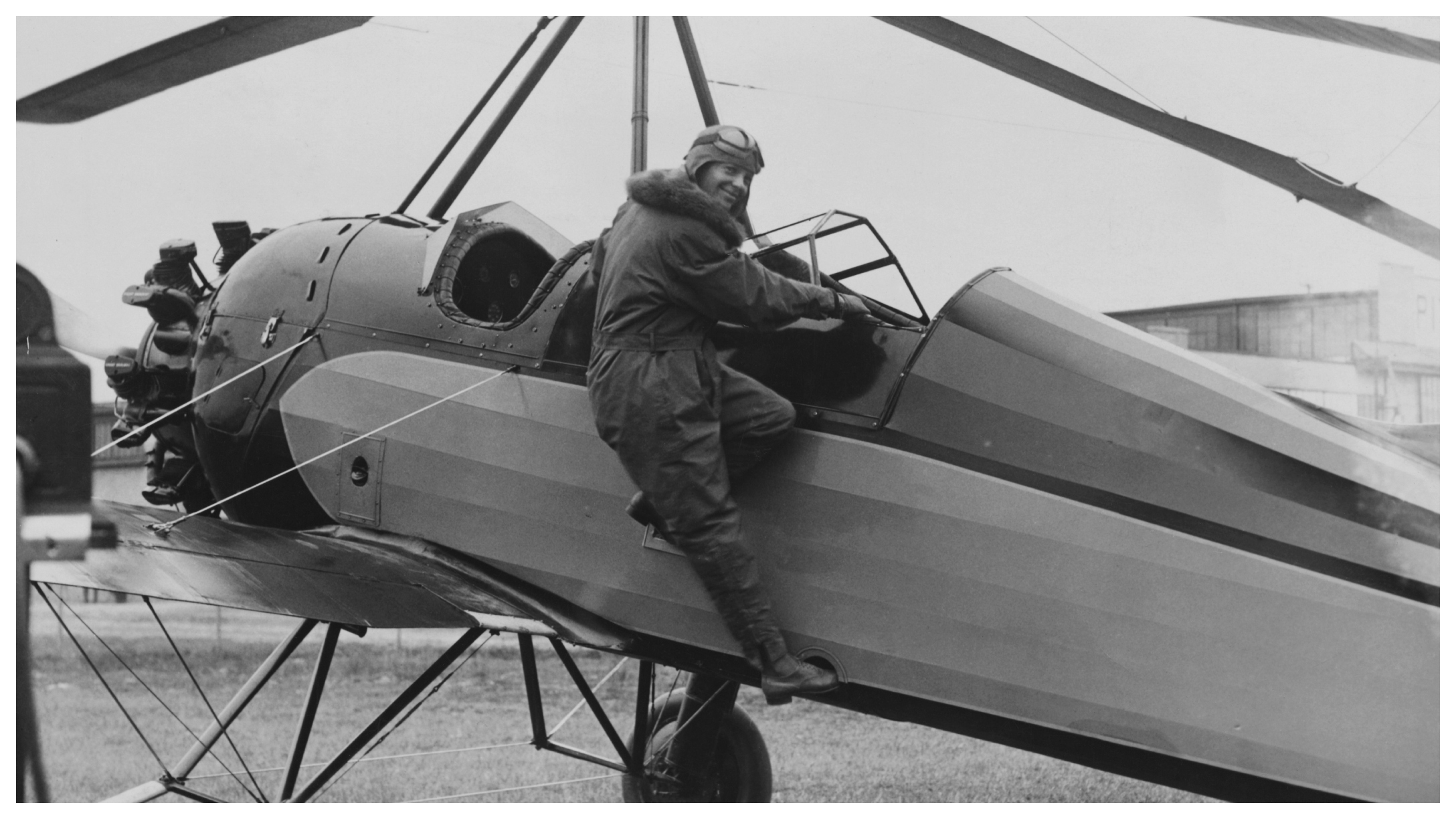
Amelia Earhart had big dreams of becoming the first woman to fly around the world. She took off in her Lockheed Electra 10E from Miami on June 1, 1937, for her second attempt with navigator Fred Noonan. The journey was going well, with stops in South America, Africa, and more. The pair reached Lae, in what was then called New Guinea, on June 29, 1937. Their next destination was supposed to be Howland Island, but they never made it.
It has long been a mystery on what exactly happened. Tony Romeo, a pilot and real estate investor, has made it his mission to figure it out. Along with Deep Sea Vision, he announced On January 27, 2024, that he believes they have found Amelia’s missing plane.
Deep Sea Vision made the announcement on Instagram. “On July 2, 1937, Amelia Earhart and navigator Fred Noonan took off from Papua New Guinea, nearing the end of their record-setting journey around the world never to be seen again,” they wrote. “Until today. Deep Sea Vision found what appears to be Earhart’s Lockheed 10-E Electra.” Their post shared a sonar image of what they believe is Amelia’s missing plane.
The search began in September 2023. Tony led a 16-person crew who used a port at Tarawa, Kiribati, as their homebase. It took the crew 30 days to make the discovery. Their search covered 5,200 square miles of ocean floor.
More from LittleThings: 11 Things You Never Knew About Famous Female Aviator Amelia Earhart
The crew was able to get a sonar image of a mass that appears to be Amelia’s missing plane. It was just 100 miles away from the island. It has yet to be proven if the plane is actually Amelia’s.
Tony spoke with Today about the discovery. Even though it has not been confirmed it is Amelia’s plane, he is confident. “There’s no other known crashes in the area, and certainly not of that era or that kind of design with the tail that you see in the image,” he explained.
Tony funded the project himself, investing $11 million in his quest so far. “This is maybe the most exciting thing I’ll ever do in my life,” he gushed to The Wall Street Journal. “I feel like a 10-year-old going on a treasure hunt.”
To get the image, crews used state-of-the-art technology. This included the Kongsberg Discovery HUGIN 6000. Deep Sea Vision called it “the most advanced unmanned underwater drone.”
Despite Tony’s enthusiasm, the scientific community wants more proof. Andrew Pietruszka, an underwater archaeologist, is not yet convinced. "Until you physically take a look at this, there's no way to say for sure what that is," he stated.
There are plans to get the needed proof in the future. Despite the critics, Tony is already thinking two steps ahead. He told Business Insider he is contemplating forward thinking questions such as: “How do we lift the plane?” and “How do we salvage it?”
"I don't think we're there yet,” he mused. “But I do think Americans want to see this in the Smithsonian; that's where it belongs. Not the bottom of the ocean."




